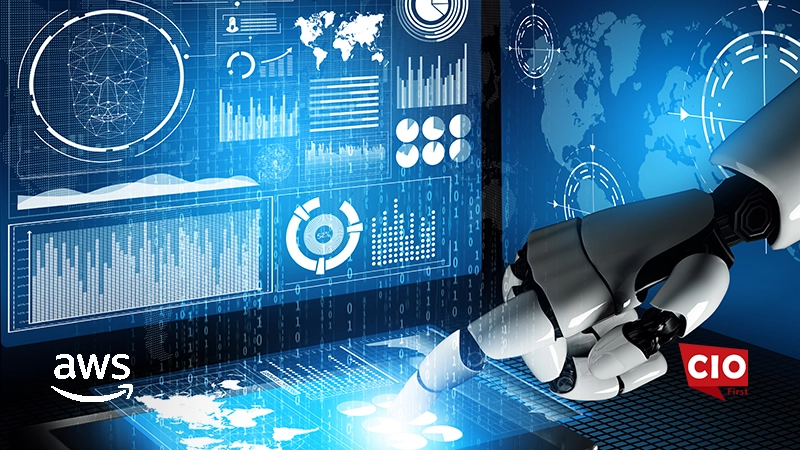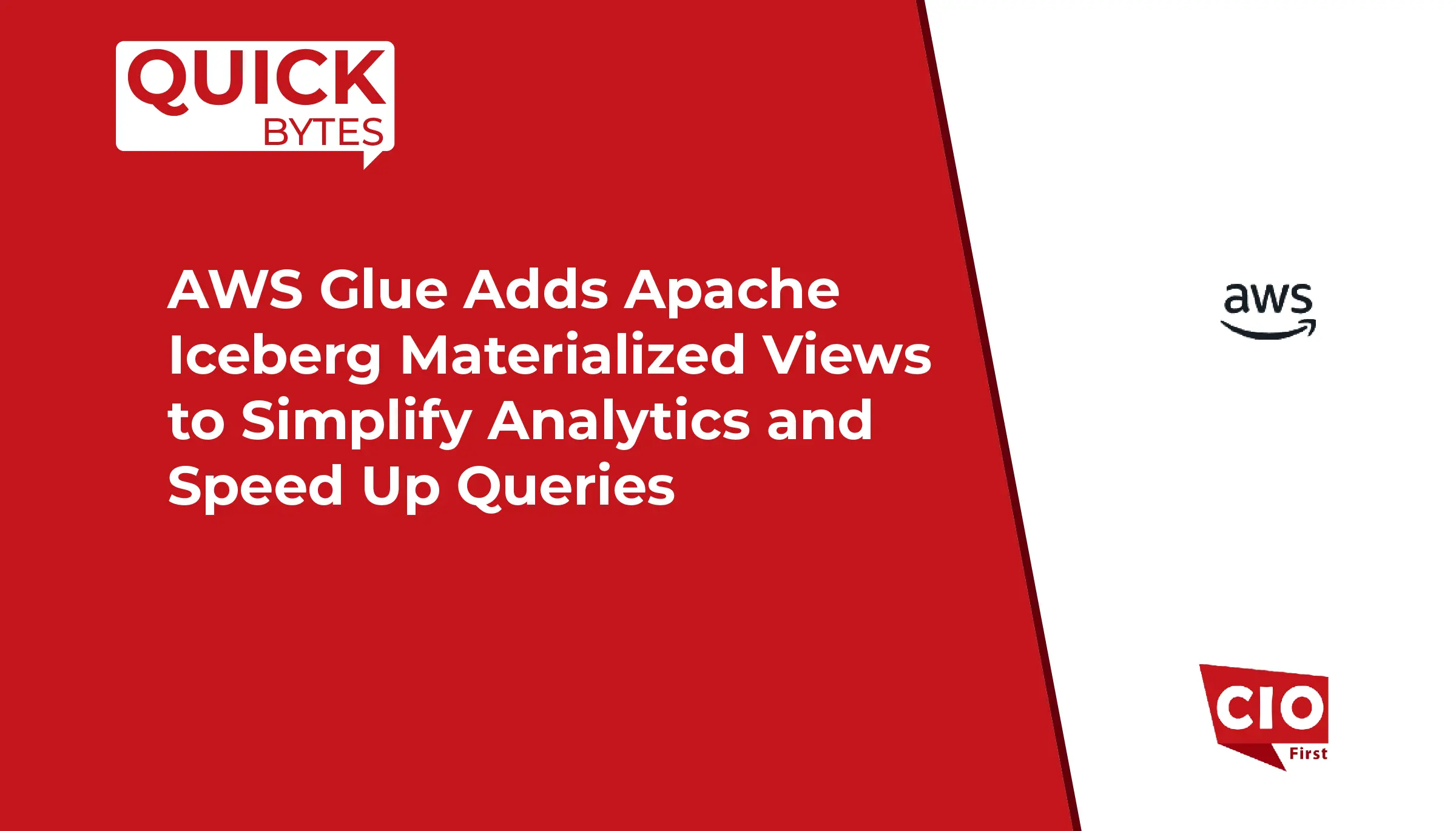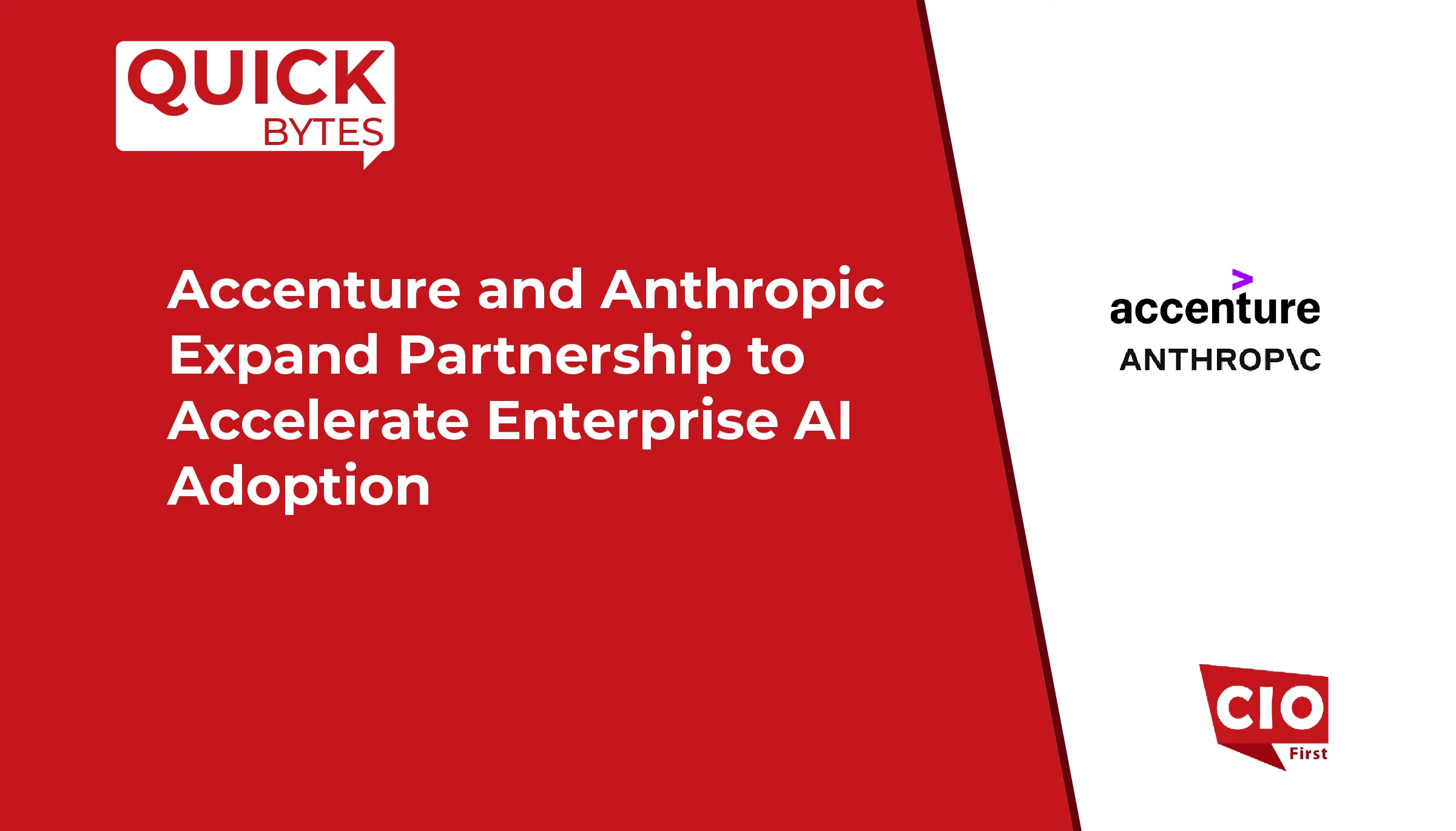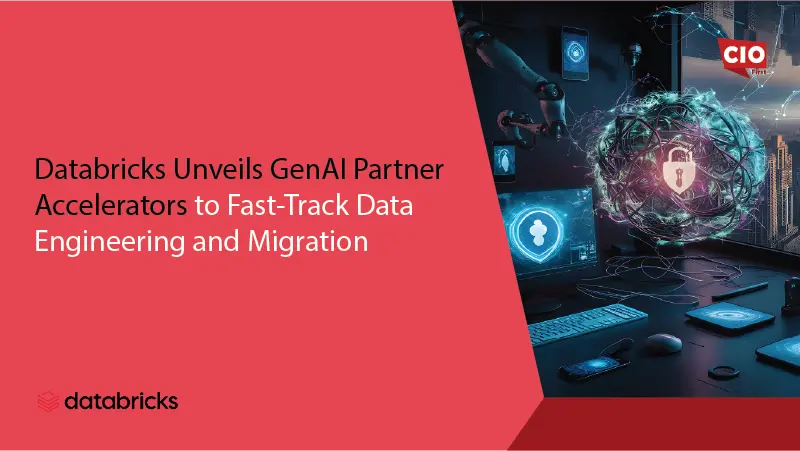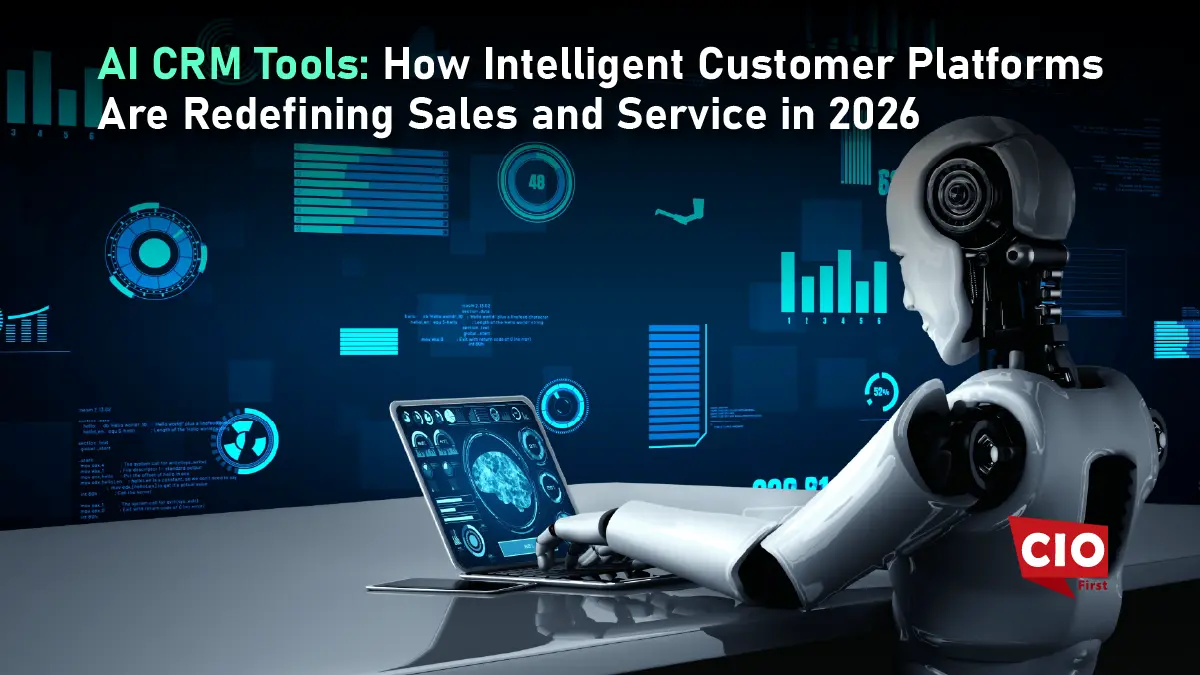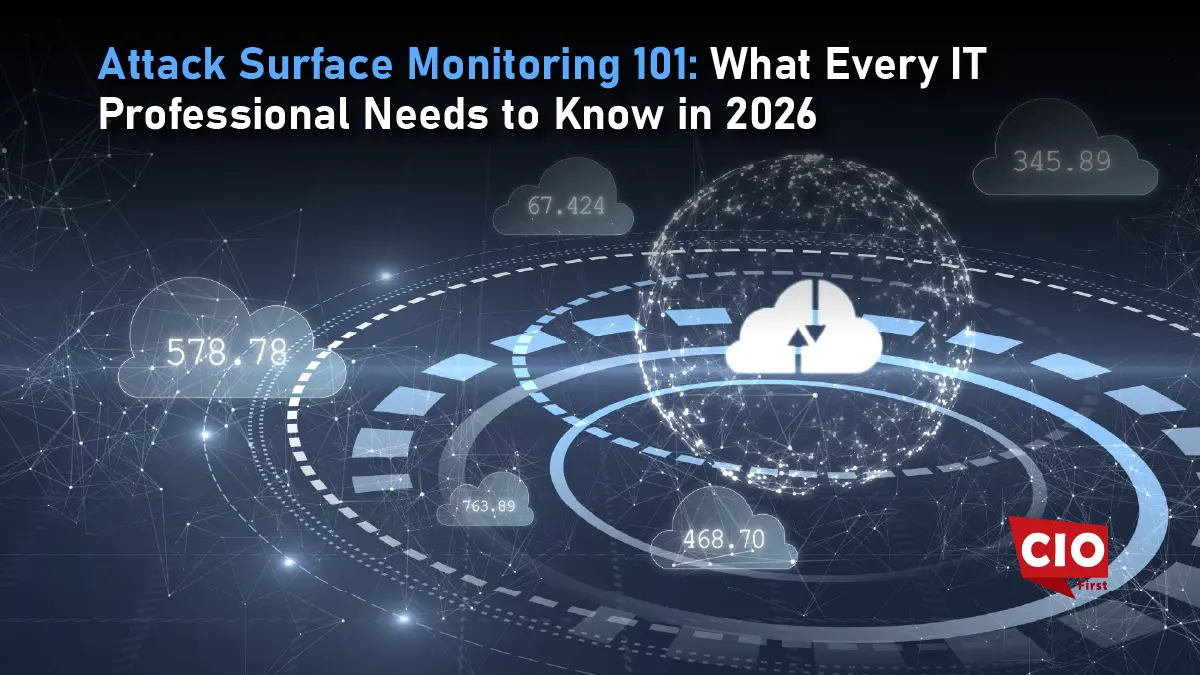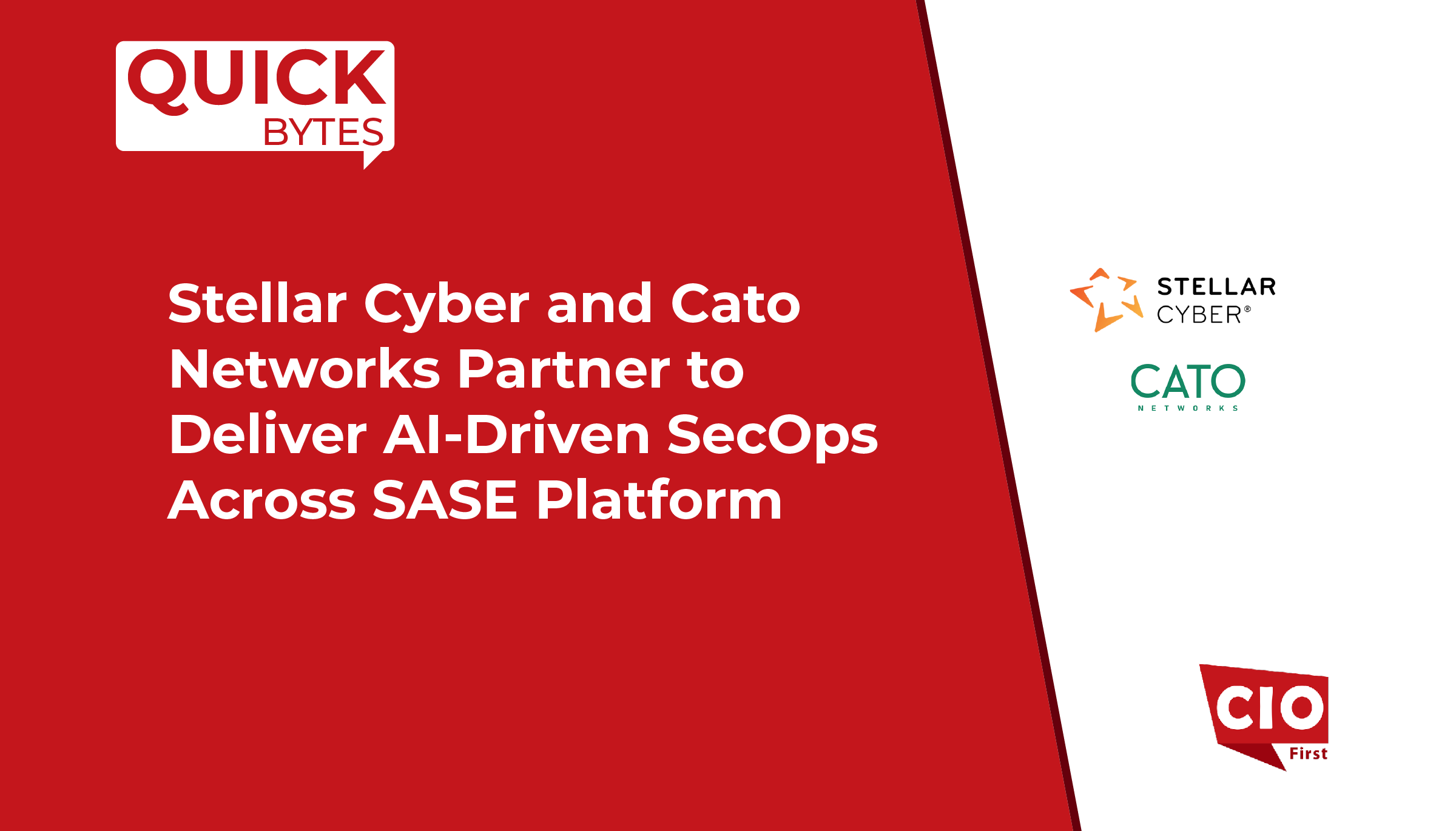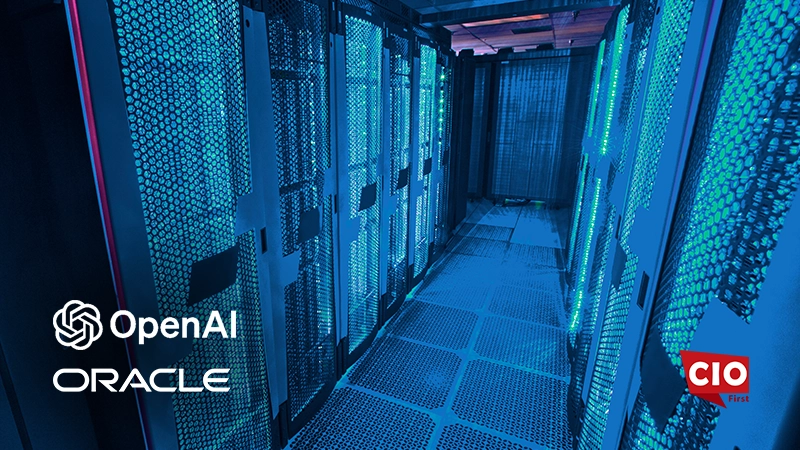OpenAI is partnering with Oracle Corporation and Related Digital. They are building a large data center in Saline Township, Michigan. This project is part of the bold “Stargate Project.” It aims to build advanced AI infrastructure. This project is one of the largest in the U.S. data-center sector. It signals major changes in how computing infrastructure will manage AI workloads. The data-center industry must adapt to these shifts.
The Announcement in Detail
OpenAI and Oracle are teaming up to build a campus in Michigan. This campus will feature over 1 gigawatt (GW) of computing power, according to Reuters. Construction is set to start in early 2026. The site is part of a larger 4.5 GW expansion under the Stargate initiative. This facility forms a key component of OpenAI’s long-term infrastructure vision. This facility forms a key component of OpenAI’s long-term infrastructure vision. With over $500 billion in investment earmarked for up to 10 GW of compute capacity over the coming years, the Michigan campus plays a strategic role in scaling AI development in the United States.
Michigan Governor Gretchen Whitmer described the project as the largest one-time economic investment in state history. Beyond sheer scale, the campus will utilise closed-loop cooling systems that minimise water usage and existing transmission infrastructure so as not to place undue burden on local utilities.
Why This Matters for the Data Center Industry
This announcement signals a seismic shift in the data-center industry. The implications are manifold for how data-centers are designed, built and operated in the coming era of AI-infrastructure intensity.
Increase in Scale and Power Density
A 1 GW facility is equivalent to powering approximately 750,000 U.S. homes. Data-centers of this scale mark a departure from traditional data-center specs. Facilities must now accommodate extremely high power densities (tens of kW per rack) with very low tolerance for downtime. This puts pressure on design, power provisioning, cooling and spatial planning.
Rise of AI-Optimised Infrastructure
The Michigan campus will meet the high compute and thermal needs of large-scale AI model training and inference. This involves using high-performance accelerators, liquid cooling, high-speed interconnects, and custom facility designs. For the data-center industry, this increases the demand for specialized infrastructure instead of generic colocation.
Regional Impact and Supply -Chain Effects
Major expansions in Michigan, Texas, and other states are underway. The data center industry will compete hard for campuses in different regions. This will change how we plan land use. It will also affect utility supply, workforce development, and supply chain management. This investment will boost growth in construction, electrical distribution, manufacturing, and cooling-system vendors.
Also Read: Lumen and Commvault Partner to Strengthen Cyber Resilience
Environmental and Energy Considerations
Massive data-centers consume huge power and require intensive cooling. The Michigan project focuses on using current transmission capacity and advanced cooling systems. This helps reduce local environmental impact. This sets a precedent for future large-scale facilities, where sustainability and utility partnerships become critical competitive factors.
Broader Effects on Businesses in the Industry
For companies operating in the data-center ecosystem-developers, operators, hardware vendors, cooling-system specialists, site-selection advisors—the Michigan announcement brings both opportunity and urgency.
Opportunities:
Construction and infrastructure firms will have a huge pipeline of large-scale campus builds.
Hardware vendors (AI accelerators, power distribution, cooling tech) gain access to ultra-high density, custom-spec environments.
Facility-operators and colocation providers may seek to partner or compete by offering “AI-ready” data-centers.
Utility, cooling tech, and environmental engineering firms will see more demand for scalable and efficient solutions.
Challenges:
Firms need to change to meet new demands. They will design, build, and run data centers for GW-scale compute loads. They will also create custom cooling systems.
AI needs go beyond usual data-center practices. It requires greater failure tolerance, faster updates, and specialized support.
Supply-chain and staffing issues slow progress. Manufacturing specialized systems and deploying AI-optimized infrastructure face big challenges. Also, finding a skilled workforce is a major bottleneck.
Economic and regulatory risks are everywhere. Building large campuses requires big investments. You need regulatory approvals. You also need community support for land use, cooling water, and energy sourcing.
Looking Ahead: What Should the Industry Expect?
The Michigan campus is moving quickly. Its early AI workload rollout will set the standard for the industry.
Cooling, power distribution, rack design, and chip integration will change as facilities grow for AI.
The industry will face supply-chain stress because of the huge demand for chips, memory, cooling systems, and specialized infrastructure.
Other states will try harder to attract big AI data centers. They will change incentives, land use policies, and infrastructure plans.
The data-center industry must emphasize operational sustainability. This includes energy sourcing, water use, and environmental impacts. It’s especially crucial for large multi-GW campuses.
Conclusion
OpenAI‘s new 1 GW+ campus in Michigan boosts the Stargate initiative. This is a key moment for the data-center sector. Data centers are key to advanced AI. They rely on large-scale infrastructure, special designs, and smart regional strategies. The data center industry needs to adapt to AI-scale infrastructure. If it doesn’t, it risks being left behind. This expansion goes beyond just building servers. It’s about shaping the future of computing, location strategy, sustainability, and tech leadership.





